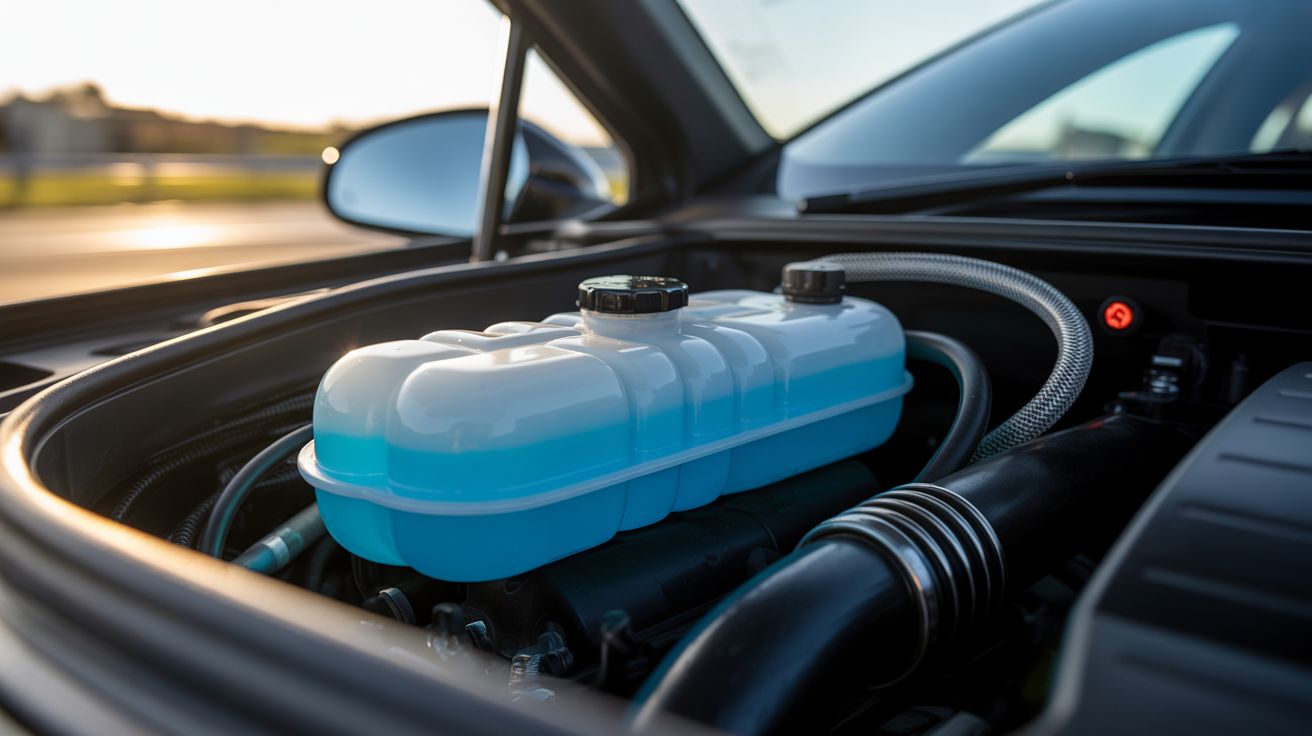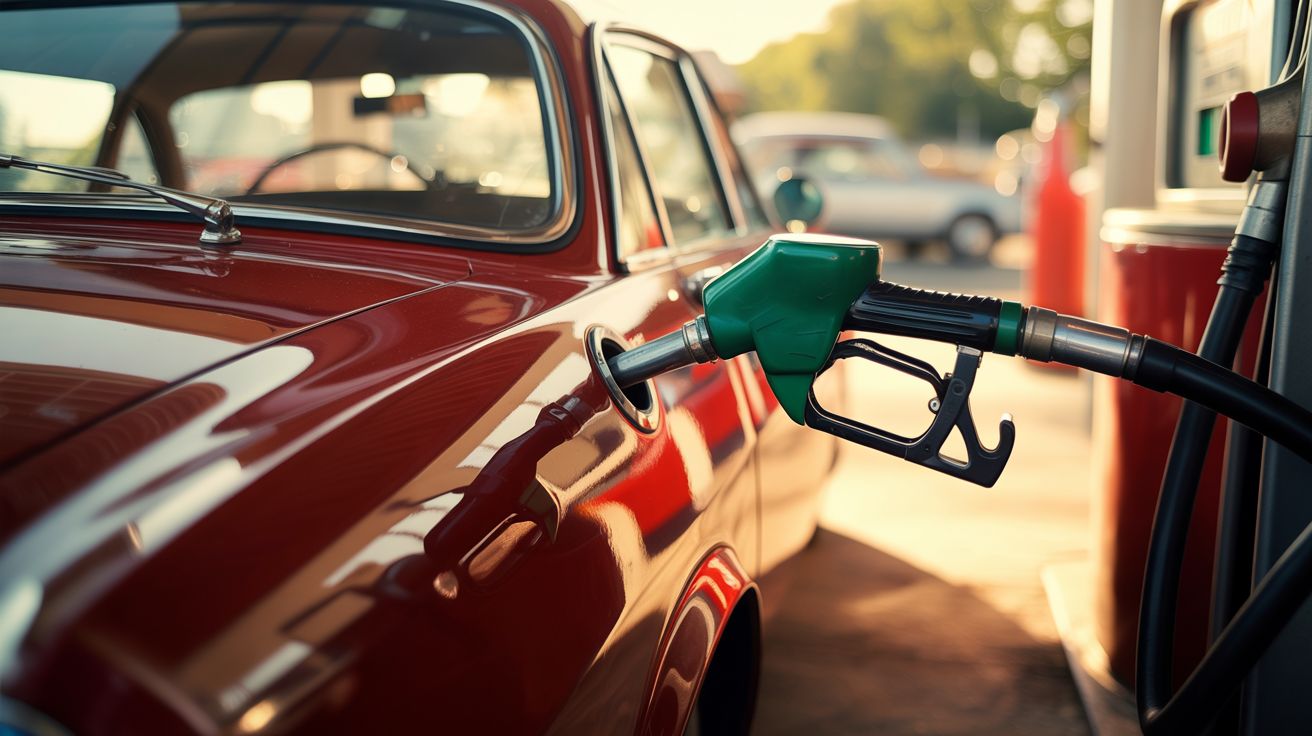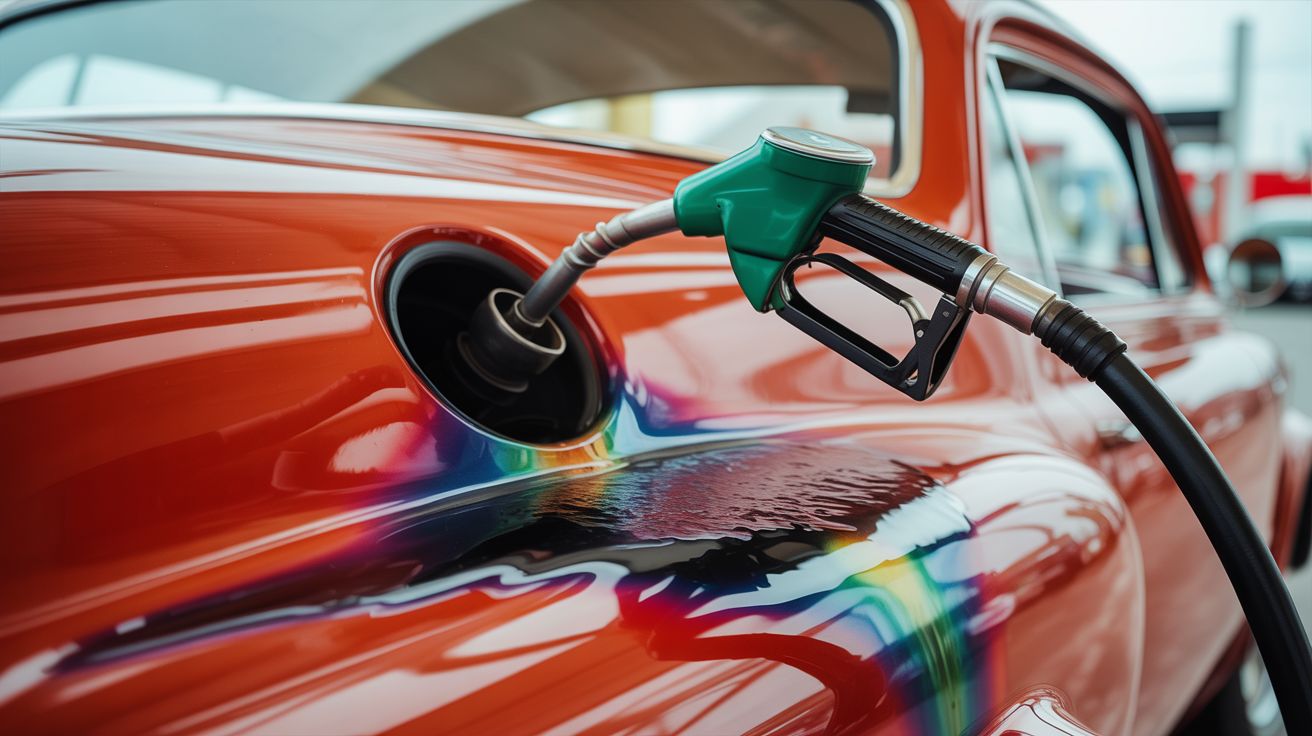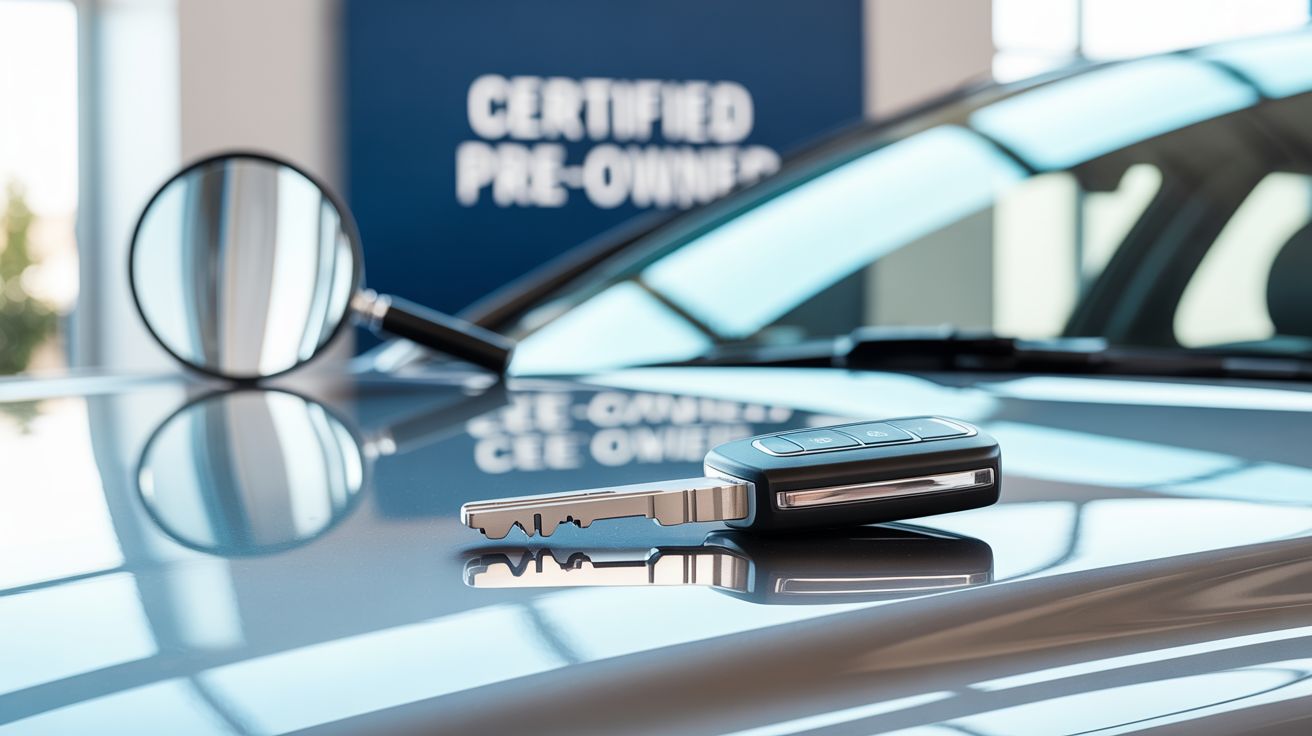The $20 Car Part That Prevents $3,000 Repairs
The Silent Killer Under Your Hood
Imagine this: you're cruising down the highway, windows down, music blasting. Suddenly, a warning light flashes on your dashboard, followed by a disconcerting clunk. You pull over, pop the hood, and are greeted by the acrid smell of burning coolant. The diagnosis? A blown head gasket, a repair that could easily set you back $3,000 or more. But what if I told you that a simple, inexpensive part, often overlooked during routine automotive maintenance, could have prevented this catastrophe? We're talking about the humble radiator cap.
It's easy to dismiss the radiator cap as just a piece of metal, but it's actually a crucial component of your car's cooling system. It's responsible for maintaining the correct pressure within the system, allowing the coolant to circulate efficiently and prevent overheating. A faulty radiator cap can lead to a cascade of problems, from minor inconveniences to major engine damage. Let's delve into why this small part is so important and how you can ensure it's doing its job.
Understanding Your Car's Cooling System
Before we dive into the specifics of the radiator cap, let's take a quick look at the overall cooling system. Your engine generates a tremendous amount of heat during combustion. Without a cooling system, your engine would quickly overheat and seize up. The cooling system circulates coolant (a mixture of water and antifreeze) through the engine block, absorbing heat. This heated coolant then flows to the radiator, where it's cooled by airflow. The cooled coolant then returns to the engine, completing the cycle. The radiator cap plays a vital role in maintaining the pressure within this closed-loop system.
The pressure within the cooling system raises the boiling point of the coolant. This is crucial because it allows the coolant to absorb more heat without boiling over. A typical cooling system operates at around 15-16 PSI. Without the pressure provided by a functioning radiator cap, the coolant would boil at a much lower temperature, leading to overheating and potential engine damage. Think of it like a pressure cooker – it allows you to cook food at a higher temperature without boiling away all the liquid.
The Radiator Cap: More Than Just a Lid
The radiator cap isn't just a simple lid; it's a pressure-relief valve. It's designed to maintain a specific pressure within the cooling system. When the pressure exceeds this limit, the cap releases excess pressure, preventing damage to the radiator hoses, water pump, and other components. It also has a vacuum valve that allows coolant to be drawn back into the radiator from the overflow tank as the engine cools down.
This vacuum function is just as important as the pressure-relief function. As the engine cools, the coolant contracts, creating a vacuum within the system. Without a functioning vacuum valve, the cooling system could collapse, potentially damaging hoses and other components. The overflow tank acts as a reservoir, providing coolant to compensate for this contraction and ensuring the system remains full.
Signs of a Failing Radiator Cap
So, how do you know if your radiator cap is failing? There are several telltale signs to watch out for. One of the most common is overheating. If your engine is running hotter than usual, even on mild days, a faulty radiator cap could be the culprit. Another sign is coolant leaking from the radiator cap or overflow tank. This indicates that the cap isn't sealing properly or that the pressure is exceeding the cap's rating.
You might also notice a loss of coolant without any visible leaks. This could be due to the coolant boiling over and escaping through the overflow tank. A hissing sound coming from the radiator cap after the engine is turned off is another indication of a problem. Finally, if you notice that your coolant level in the overflow tank is consistently low, it could be a sign that the vacuum valve in the radiator cap isn't working properly.
The Risks of Ignoring a Bad Radiator Cap
Ignoring a failing radiator cap can have serious consequences. As we mentioned earlier, it can lead to overheating, which can cause significant engine damage. Overheating can warp the cylinder head, crack the engine block, and blow the head gasket. These repairs can be incredibly expensive, often costing thousands of dollars. In severe cases, overheating can even render the engine irreparable.
Beyond engine damage, a faulty radiator cap can also put a strain on other components of the cooling system. The increased pressure can cause hoses to burst, the water pump to fail, and the radiator to leak. These repairs, while less expensive than engine repairs, can still add up quickly. Furthermore, driving with an overheating engine can be dangerous, potentially leading to a breakdown on the side of the road.
Replacing Your Radiator Cap: A Simple DIY Task
The good news is that replacing a radiator cap is a relatively simple and inexpensive task. You can purchase a new radiator cap at most auto parts stores for around $20. Before you buy a new cap, make sure it's the correct one for your vehicle. The cap should have a pressure rating that matches the specifications in your owner's manual. Replacing the cap is as simple as removing the old one and screwing on the new one. Make sure the engine is cool before attempting to remove the cap, as the coolant can be extremely hot.
To remove the old cap, press down and turn it counterclockwise. Once it's loose, carefully remove it, being mindful of any residual pressure. Before installing the new cap, inspect the radiator neck for any signs of damage or corrosion. If you find any damage, you may need to have the radiator repaired or replaced. Once you've inspected the radiator neck, simply screw on the new cap, turning it clockwise until it's snug. Don't overtighten it, as this could damage the cap or the radiator neck.
Radiator Cap Maintenance and Prevention
While replacing a radiator cap is straightforward, preventative maintenance can extend its lifespan and ensure optimal performance. Regularly inspect the radiator cap for signs of damage, such as cracks, leaks, or corrosion. Clean the cap with a damp cloth to remove any dirt or debris. You can also use a radiator pressure tester to check the cap's pressure rating. This tool allows you to verify that the cap is holding pressure within the specified range.
Another important aspect of cooling system maintenance is using the correct type of coolant. Different vehicles require different types of coolant, so consult your owner's manual to determine the appropriate coolant for your car. Mixing different types of coolant can lead to corrosion and damage to the cooling system. Regularly flushing the cooling system and replacing the coolant is also essential for maintaining optimal performance. This helps remove any sediment or contaminants that can build up over time and reduce the coolant's effectiveness. This is especially important for electric cars, as their thermal management systems are critical for battery life and performance, even though they don't have traditional combustion engines.
The Future of Automotive Cooling Systems
As the automotive industry continues to evolve, so too will cooling systems. With the rise of electric cars, the focus is shifting from cooling combustion engines to cooling batteries and other electrical components. Electric cars rely on sophisticated thermal management systems to maintain optimal battery temperature, which is crucial for performance, range, and longevity. These systems often use liquid cooling, similar to traditional cooling systems, but with different coolants and components.
Even in traditional gasoline-powered vehicles, cooling systems are becoming more advanced. Manufacturers are using more efficient radiators, electric water pumps, and sophisticated control systems to optimize cooling performance and reduce fuel consumption. The radiator cap, while still a crucial component, may eventually be replaced by more advanced pressure-relief mechanisms. Regardless of the technology, the fundamental principle of maintaining proper cooling system pressure will remain essential for preventing engine damage and ensuring reliable driving.
Protect Your Investment: Replace Your Radiator Cap Today
The radiator cap is a small part with a big responsibility. For a mere $20, you can protect your engine from potentially catastrophic damage. Don't wait until you're stranded on the side of the road with an overheated engine. Take a few minutes to inspect your radiator cap and replace it if necessary. It's a simple and inexpensive way to ensure your car's cooling system is functioning properly and to avoid costly repairs down the road. Remember, preventative maintenance is always cheaper than reactive repairs. So, head down to your local auto parts store and pick up a new radiator cap today. Your engine will thank you for it, and you'll enjoy peace of mind knowing that you've taken a proactive step to protect your investment. Driving should be enjoyable, not stressful, and a healthy cooling system is key to that experience. Don't neglect this vital piece of automotive maintenance!



